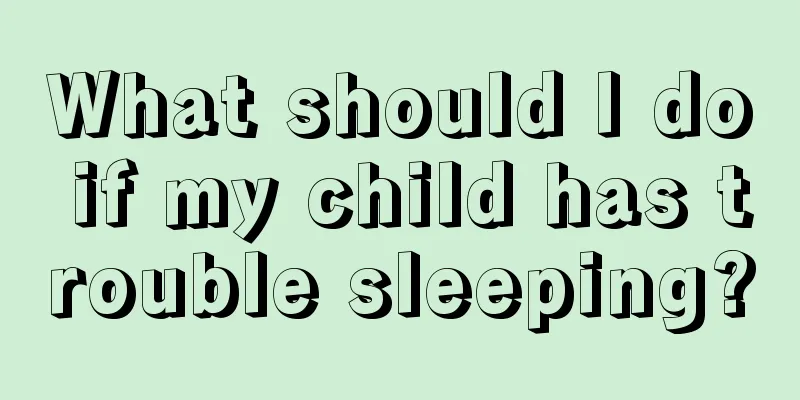Langerhans cell disease in children?

|
Langhans cell disease in children is a very uncommon disease. The highest incidence rate is in young children and the mortality rate of this disease is very high. Generally, if Langhans cell disease in children can be detected early, most of them can be cured after systematic treatment. In life, once the disease is diagnosed, you must go to a regular large hospital for treatment. The effect of the treatment is related to the patient's age and the affected parts. The more parts affected, the worse the treatment effect. Clinical manifestations of Langerhans cell disease in children1. Skin rash Skin lesions are often the primary symptom of metastatic disease. In infants with acute disease, the rash is mainly distributed on the trunk, scalp, hairline, and behind the ears. It starts as a maculopapular rash, which quickly develops into exudation (similar to eczema or seborrheic dermatitis), which may be accompanied by bleeding, followed by crusting and peeling, and finally leaving pigmented white spots. The white spots are not easy to dissipate for a long time, and different stages of rash may exist at the same time, or one batch may subside and another batch may appear. Fever often accompanies the rash. In chronic cases, the rash may be scattered over the body. Initially, it is light-colored maculopapules or wart-like nodules. When it subsides, the center becomes sunken and flat. Some are dark brown, very similar to crusted chickenpox. Finally, the local skin becomes thinner, slightly concave, slightly shiny, or slightly flaky. The rash may occur simultaneously with other organ damage or as the only manifestation of involvement, and is common in male infants under 1 year old. 2. Bone lesions Bone lesions are found in almost all patients with LCH. Single bone lesions occur more frequently, and bone lesions are numerous, mainly manifested as osteolytic lesions. The most common lesions are in the skull, followed by the lower limb bones, ribs, pelvis and spine, and jaw lesions are also quite common. 25% to 35% occur in a single long bone. LCH can also involve the spine causing vertebral compression. Single bone lesions ranged in size from 1 to 15 cm (mean, 4 to 6 cm). In rare cases, LCH may result in damage to the scapula. 3. Lymph nodes The lymph node lesions of LCH can manifest in three forms: ① Simple lymph node lesions are called primary eosinophilic granuloma of lymph nodes; ② It is a concomitant lesion of localized or focal LCH, often involving osteolytic lesions or skin lesions; ③ As part of systemic diffuse LCH, it often involves isolated lymph nodes in the neck or groin. Most patients have no fever, and a few only have pain in the swollen lymph nodes. The prognosis is usually good if only the lymph nodes are affected. 4. Ear and mastoid The external ear inflammation of LCH is often the result of proliferation and infiltration of Langerhans cells in the soft tissue or bone tissue of the ear canal. The main symptoms include pus discharge from the external ear canal, swelling behind the ear and conductive deafness. It may also include mastoiditis, chronic otitis, cholesteatoma formation and hearing loss.
Under normal circumstances, there is generally no LC in the bone marrow. Even in LCH that invades multiple parts of the body, it is difficult to see LC in the bone marrow. Once LC invades the bone marrow, the patient may experience anemia, decreased white blood cell count and thrombocytopenia, but the degree of bone marrow dysfunction is not proportional to the number of LC infiltrations in the bone marrow. The presence of LC in the bone marrow alone is not sufficient as a basis for the diagnosis of LCH. 6. Lungs The lung lesions of LCH can be part of the systemic disease or exist alone. Lung lesions can occur at any age, but are more common in infants. They manifest as varying degrees of dyspnea, hypoxia and changes in lung compliance. In severe cases, pneumothorax and subcutaneous emphysema may occur, and respiratory failure and death are very likely to occur. Pulmonary function tests often show restrictive damage. 7. Liver Systemic diffuse LCH often invades the liver, and the affected area of the liver is mostly in the hepatic triangle, with abnormal liver function, jaundice, hypoproteinemia, ascites and prolonged prothrombin time, etc., which can then develop into sclerosing cholangitis, liver fibrosis and liver failure.
Diffuse LCH often presents with splenomegaly and decreased peripheral blood cell counts in one or more blood lines; bleeding symptoms are uncommon. 9. Gastrointestinal tract Gastrointestinal lesions are common in systemic diffuse LCH symptoms and are often related to the site of invasion. The small intestine and ileum are most commonly affected, manifested as vomiting, diarrhea, and malabsorption, which can cause growth stagnation in children over a long period of time. 10. Central nervous system The most common site of involvement is the thalamus-posterior pituitary region, and diffuse LCH may have brain solid lesions. In most patients, neurological symptoms develop several years after LCH at other sites. Common symptoms include ataxia, dysarthria, nystagmus, hyperreflexia, dysdiadochokinesia, dysphagia, blurred vision, etc. |
<<: Baby's belly is hard and swollen?
>>: White blood cell high fever recurring?
Recommend
What should children eat when they have a fever?
Every parent hopes that their children can grow u...
What should I do if my baby has a cold and stuffy nose?
The younger the baby is, the less sound his immun...
Precautions for children's outdoor activities in spring
When children are growing up, there are many issu...
What causes itchy buttocks in children?
If children's care is not done properly, espe...
What to do if your baby has wax in his ears
The buttery earwax in the baby's ears is also...
Treatment of bleeding belly button in babies
The incidence of baby belly button bleeding is ge...
Why does it hurt when a child urinates?
Children should pay more attention to physical co...
How to care for red spots on baby's belly
The birth of the baby undoubtedly brought great j...
Can I take a bath if I have roseola infantum?
Roseola infantum is a common disease. Babies suff...
What to do if your child has dry and itchy skin
Dry and itchy skin is something we experience in ...
What is the treatment for telangiectasia in children?
Recently, the problem of capillary dilation in ma...
Is it normal for a baby to have a frog belly?
Many parents will find that their babies often ha...
How should appendicitis in children be diagnosed?
Generally, children will have stomach pain. At th...
What to do if a seven-year-old child has repeated fevers
As children grow up, they will always experience ...
What if the child has a cut on his chin?
Children's skin is more delicate than that of...









